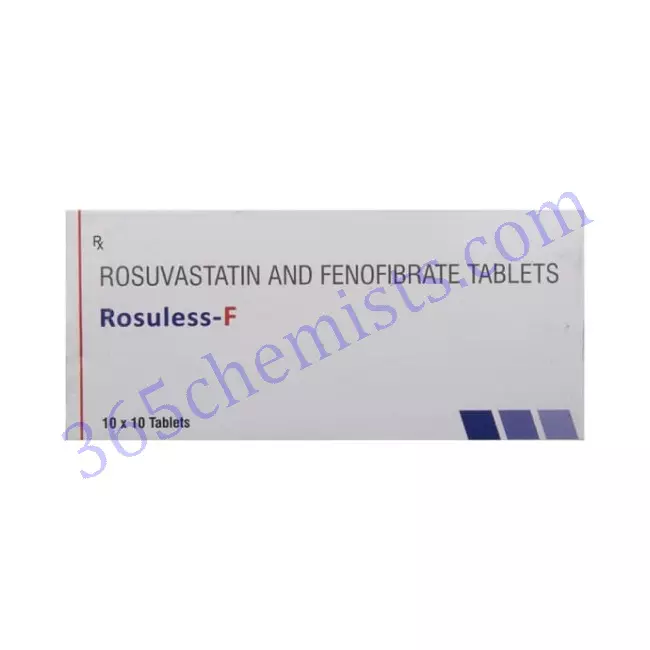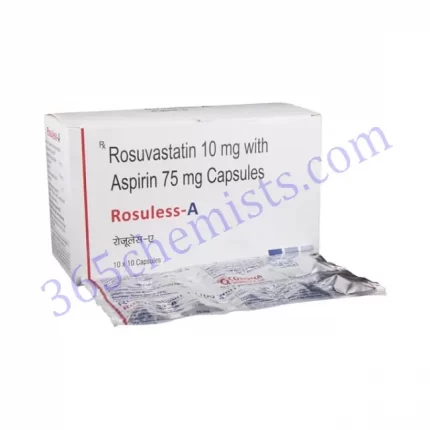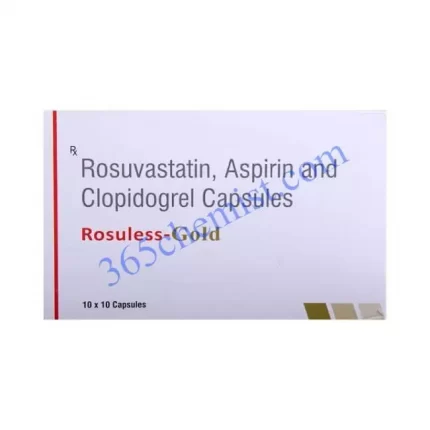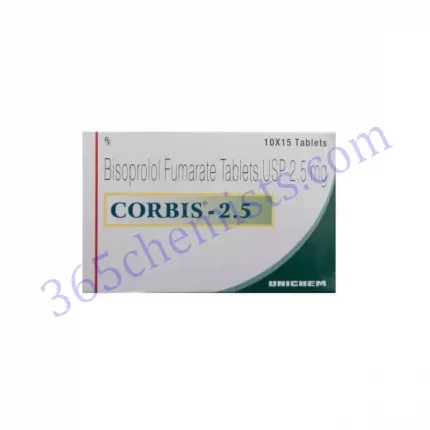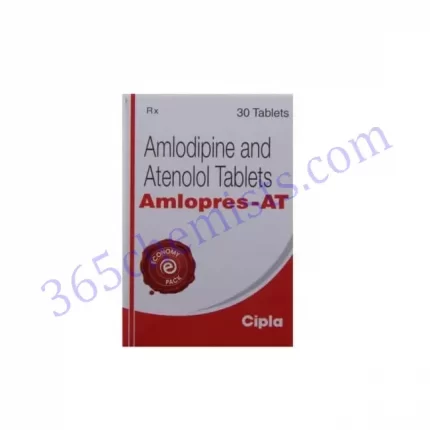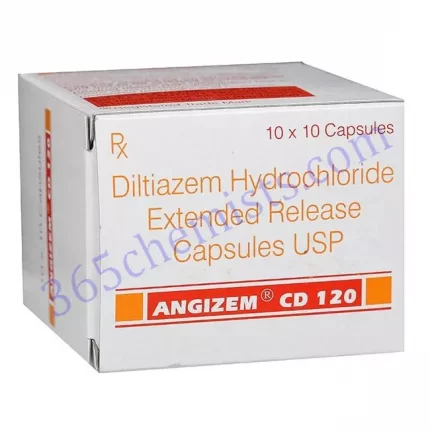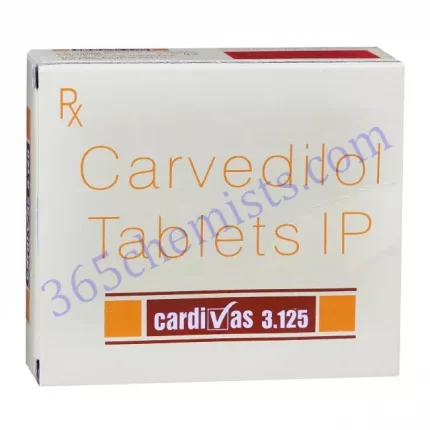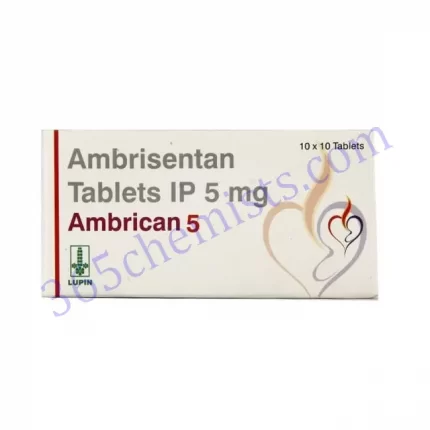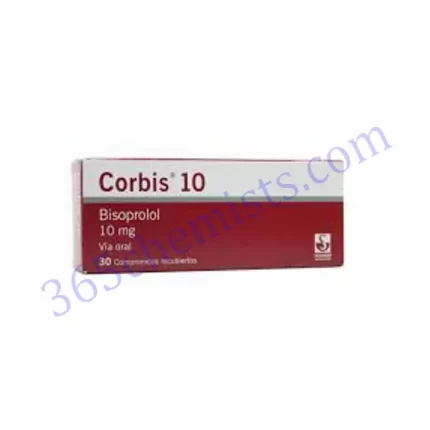Rosuless F 10mg Tablet (Fenofibrate 160mg/Rosuvastatin):
Fenofibrate and rosuvastatin are the two active components that are found in the Rosuless F 10mg Tablet. This medication is a combination product. The purpose of this detailed guide is to provide important information about Rosuless F 10mg Tablet, such as its applications, dosage, potential adverse effects, and safety precautions, as well as other pertinent details. This medication was developed to assist in the management of lipid disorders and to promote cardiovascular health. It does this by combining the beneficial effects of fenofibrate and rosuvastatin. The benefits of the Rosuless F 10mg Tablet can be maximised by gaining an understanding of how each component works and by adhering to the guidelines that are prescribed.
Understanding Lipid Disorders and their Implications
There is a correlation between lipid disorders and an increased risk of cardiovascular disease. Some examples of lipid disorders include high cholesterol and high triglyceride levels. Plaques can form in the arteries, causing them to become narrower and reducing the amount of blood that can flow through them if LDL (low-density lipoprotein) cholesterol and triglyceride levels are elevated. LDL cholesterol is commonly referred to as “bad” cholesterol. Atherosclerosis is a condition that raises one’s risk of having a heart attack, a stroke, and other complications related to the cardiovascular system.
Role of Fenofibrate in Managing Lipid Disorders
Rosuless F 10mg Tablet contains an active component called fenofibrate, which is a fibrate medication. Fibrates are a class of drugs that are used to treat a variety of medical conditions. It helps reduce levels of triglycerides while simultaneously raising levels of HDL cholesterol, also known as the “good” cholesterol because of its high density lipoprotein content. Fenofibrate is effective because it stimulates the activity of an enzyme known as lipoprotein lipase. This enzyme contributes to the decomposition of triglycerides and encourages their elimination from the blood. Fenofibrate contributes to an improvement in the overall lipid profile by lowering triglyceride levels while simultaneously raising HDL cholesterol levels.
Role of Rosuvastatin in Managing Lipid Disorders
Rosuvastatin, the other active ingredient in Rosuless F 10mg Tablet, is a statin medication that works primarily by inhibiting an enzyme known as HMG-CoA reductase. Rosuless F 10mg Tablet is available in a dosage strength of 10 milligrammes (mg). The production of cholesterol in the liver is largely dependent on the activity of this enzyme. Rosuvastatin works to improve overall lipid profile by inhibiting the production of cholesterol. This, in turn, helps to lower LDL cholesterol levels. It is especially efficient in reducing levels of LDL cholesterol, which is a significant risk factor for cardiovascular diseases and is one of the most important targets of this treatment.
Uses of Rosuless F 10mg Tablet
The Rosuless F 10mg Tablet is most commonly employed for the management of lipid disorders, such as high levels of cholesterol and high levels of triglycerides. Patients who have hypercholesterolemia, hypertriglyceridemia, or a combination of the two are the ones who are typically prescribed this medication. Both triglyceride and cholesterol levels can be reduced with the help of this combination medication, which offers a more all-encompassing method of lipid management. The Rosuless F 10mg Tablet helps reduce the risk of cardiovascular events like heart attacks and strokes by regulating the levels of lipids in the blood.
Related Product
Rosuless 5 Tablet
Rosuless 10 Tablet
Rosuless 20 Tablet
Rosuless 40 Tablet
Rosuless A Capsule
Rosuless F Tablet
Rosuless Gold 10 mg Capsule
Rosuless Gold 20mg Capsule
Dosage Instructions
It is possible for the recommended dosage of Rosuless F 10mg Tablet to change depending on a number of factors, such as the age of the patient, their medical history, and the degree to which they suffer from lipid disorder. It is extremely important to follow the dosage instructions that have been given to you by your healthcare provider or that are written on the label of your prescription medication. The standard dose that is recommended for the majority of adults is one tablet to be taken orally once per day. However, your dosage may be adjusted by your doctor depending on how well you respond to treatment and the specific lipid targets that have been set.
You can choose to take your Rosuless F 10mg Tablet with or without food. Take the tablet as directed, whole, with a full glass of water. Do not crush or chew the tablet in any way. If you forget to take a dose, take it as soon as you realise what you’ve done and get it out of the way. If, on the other hand, it is almost time for the next dose that was supposed to be taken, you should skip the dose that you missed and go back to your regular dosing schedule.
Potential Side Effects
Rosuless F 10mg Tablet, like any other medication, carries with it the potential to cause certain adverse effects in some people. Headaches, nausea, stomach upset, abdominal pain, muscle pain, and pain in the abdominal region are common adverse effects. These unwanted effects are typically not severe and only last for a short period of time before disappearing as your body adjusts to the medication. However, it is imperative that you get in touch with your healthcare provider if any of these negative effects continue or become even worse.
Rosuless F 10mg Tablet may, on extremely rare occasions, cause more serious adverse effects such as problems with the liver, the breakdown of muscle tissue, or allergic reactions. If you are experiencing symptoms such as muscle pain that cannot be explained, tenderness, weakness, yellowing of the skin or eyes, dark urine, or severe allergic reactions such as rash, itching, or swelling, you should seek medical attention as soon as possible.
Precautions and Warnings
Before beginning treatment with Rosuless F 10mg Tablet, it is imperative that you discuss any preexisting medical conditions, treatments that you are currently receiving, or allergies you may have with your doctor. There are some medical conditions, such as liver disease, kidney disease, gallbladder disease, or a history of muscle problems, that may require additional monitoring or adjustments to the dosage. In addition, it is important that you tell your healthcare provider about any other medications you take, including over-the-counter drugs and dietary supplements, because Fenofibrate and Rosuvastatin may interact with these substances.
Rosuless F 10mg Tablet is not safe for use by women who are pregnant or who have plans to become pregnant in the near future because it may cause harm to the developing foetus. Because the effects of fenofibrate and rosuvastatin on breast milk and nursing infants are not completely understood, it is not recommended for breastfeeding mothers. In these kinds of situations, your physician will look into other treatment possibilities.
Conclusion
A combination medication known as Rosuless F 10mg Tablet (Fenofibrate 160mg/Rosuvastatin) is prescribed to patients in order to treat lipid disorders and improve cardiovascular health. It offers a comprehensive method of lipid management because it takes advantage of both fenofibrate and rosuvastatin, both of which have a number of positive effects. It is essential to take the medication exactly as directed by your doctor, including the dosage, and to speak with a medical professional if you experience any disturbing side effects. Rosuless F 10mg Tablet has the potential to support your cardiovascular health and contribute to the overall management of lipid disorders if it is utilised correctly and monitored on a consistent basis.

